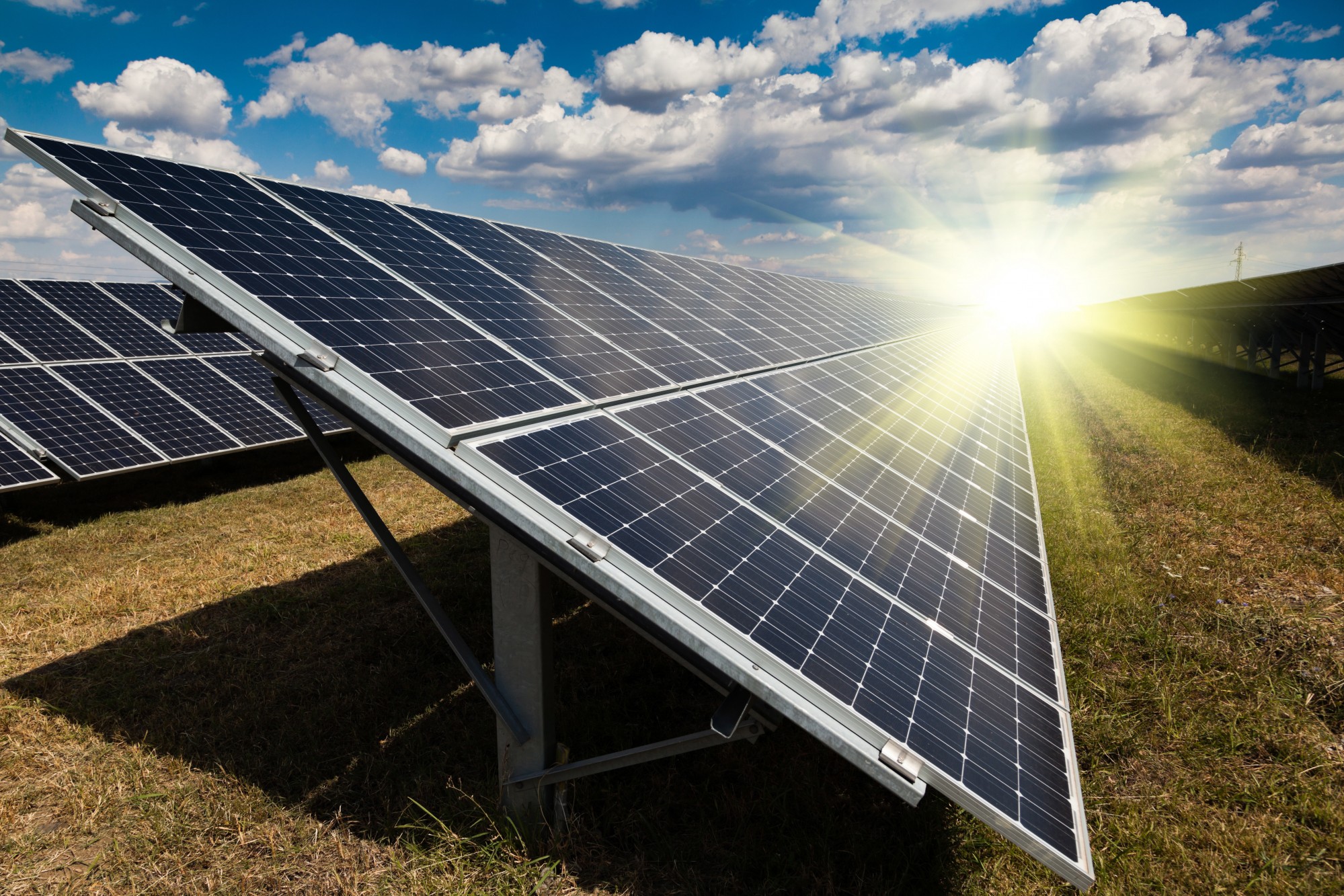Commercial, Regulation, Solar - September 11, 2023
US Solar Installations Expected to Exceed 30 GW in 2023
The U.S. solar industry expects to add a record 32 GW of new capacity in 2023, a 52% increase from 2022, according to a report released by the Solar Energy Industries Association (SEIA) and Wood Mackenzie.
The solar market was challenged recently by supply chain disruptions brought on by the COVID-19 pandemic and exacerbated by restrictive trade policy.
These challenges are beginning to subside, and as policies in the Inflation Reduction Act (IRA) take affect, Wood Mackenzie expects total operating solar capacity to grow from 153 GW today to 375 GW by 2028, according to its U.S. Solar Market Insight Q3 2023 report.
“The United States is now a dominant player in the global clean energy economy, and states like Florida, Texas, Ohio, and Georgia are at the forefront of this job growth and economic prosperity,” said SEIA president and CEO Abigail Ross Hopper in a statement. “The solar and storage industry is delivering abundant clean energy that is generating tens of billions of dollars of private investment, and this is just the tip of the iceberg.”
The utility-scale and residential solar markets increased during the second quarter of 2023, growing by 3.3 GW and 1.8 GW, respectively. This marks the largest quarter of growth for the residential solar market in history as customers in California rushed to install solar before changes to net metering rules took effect.
The commercial solar market declined during the second quarter mostly due to project interconnection backlogs and a hesitancy to move forward with projects before having full clarity on the IRA’s tax credit adders.
As energy prices rise in some states, demand in the commercial solar market is rising. The sector is expected to grow by 11% in 2023.
Florida dominates the 2023 state solar rankings, installing 2.5 GW of new capacity in the first half of this year, which is 52% more than the next highest state of California.
Read These Related Articles:
Stay Up-To-Date












